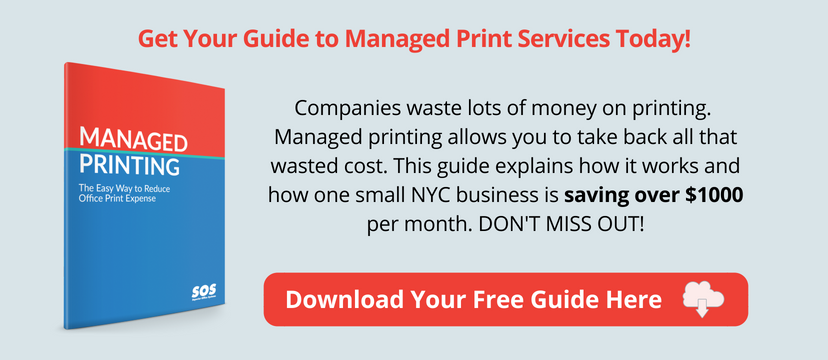Eliminate Printing Waste & Take Back Your IT Budget
If you’re trying to squeeze more from your IT budget, we have good news for you. There’s a commonly overlooked area where you can significantly cut your spending: printing waste. You can then apply that savings to other priorities.
We often hear IT managers grumbling about having to be responsible for office printers: purchasing or leasing them, supporting them, and managing them. But there’s an upside to taking on the responsibility for office printers. Few organizations are truly managing their printing, and as a result, they are spending far more than they realize on printing waste. That’s a big mistake for the company, but it’s an opportunity for IT.
For managers looking to optimize their IT budget with planning and cost-cutting strategies, printing waste management is a smart place to start.
Printing waste: where money is going down the drain
Most businesses never give a thought to how much money they lose through printing waste:
Wasted paper
Have you ever added up how much your business spends on paper? Believe me, you would be shocked. Here’s why you’re using far more than you really need:
- People print documents more than once, then throw away the spare.
- Print jobs are never picked up and left abandoned on the printer.
- Print drivers are set to print single-sided by default.
- People print information that’s easily accessible electronically (such as emails and website content.
When you use so much excess paper, it’s not only printing waste and an unnecessary expense, but you’re also killing trees for no reason. If you think that doesn’t matter, remember that today’s buyers and employees want to deal with organizations that share their values. Saving paper shows that you’re socially and environmentally responsible.
Excess use of color
Printing in color costs MUCH more than printing in black and white. On a modern, high efficiency copier, the cost per print for a color page is about 7 cents, while the cost for a black and white page is under a penny. Think about this… how often do you print documents that contain color, but the color is not really needed? For example, a report might contain a color logo in the footer. Save the color printing for customer-facing documents, or for when the color adds meaning to the content. This is an easy target for reducing printing waste.
Inflated service expenses
All of the situations described above contribute to higher service expenses for your office printers. That’s because your service contracts are based on the number of prints (or “clicks”). And you pay more for color prints than black and white prints. So, both types of printing waste (unnecessary prints and unnecessary use of color) drive up the cost of your service contracts.
How to stop printing waste and take back the budget
Preventing printing waste might sound like a big job, and something you don’t have time for. The truth is, it’s quite easy.
Most of the work is setting up a print management software tool. And you can get a good copier service vendor to help you with that. You can use a manufacturer-specific solution such as Canon’s uniFLOW, or a brand-agnostic solution such as Papercut or Box. These products are inexpensive and deliver much significant benefits for a small cost. Not only do you save much more than you spend, but you also increase printing security at the same time.
Learn more: Printer Security: The Weak Link that Could Take Down Your Network
Here are the basic steps to put a stop to printing waste and recoup significant savings.
1. Set up user authentication for printers
To change printing behavior and eliminate printing waste, first you need to track who is printing what. That’s just one reason you need user authentication on every shared printing device. There are several ways to do this: using RFID devices, access cards, or PIN codes assigned to each user.
User authentication secures your devices and also eliminates printing waste. That’s because the print job is not actually printed until the user comes to retrieve it… which means no more stacks of abandoned documents on the printer.
2. Track printing behavior
With user authentication set up, now you can see print volume by user or by department. You can see what types of documents they print, and which printers they use. That information is very important because you can identify wasteful behavior and determine how to set up rules to reduce printing waste.
Also, make sure to tell everyone you’re tracking their printing. Just knowing they are being watched can encourage employees to cut down on unnecessary printing!
Learn more: Printer Usage Monitoring: 5 Steps to Take Control of Print Costs
3. Set up printing rules
Now that you know where the waste is, you can put rules in place to stop it. Print management software provides a feature called rules-based routing that lets you manage printing rights and control behavior on your network. For example, set printing from Excel to default to black and white printing, and set all printing to duplex. And set up alerts that remind people not to print emails.
You can even set limits on printing for certain users or groups.
Learn more: Rules-Based Print Routing: The Easy Way to Cut Office Print Costs
4. Eliminate most desktop printers
Desktop printers are expensive to operate. Once you have user authentication implemented for shared printers, it’s time to do away with as many desktop printers as you can. In doing so, you not only save money, but also reduce the burden of supporting them.
Learn more: 5 Tips to Reduce IT Support Calls for Printer Problems




